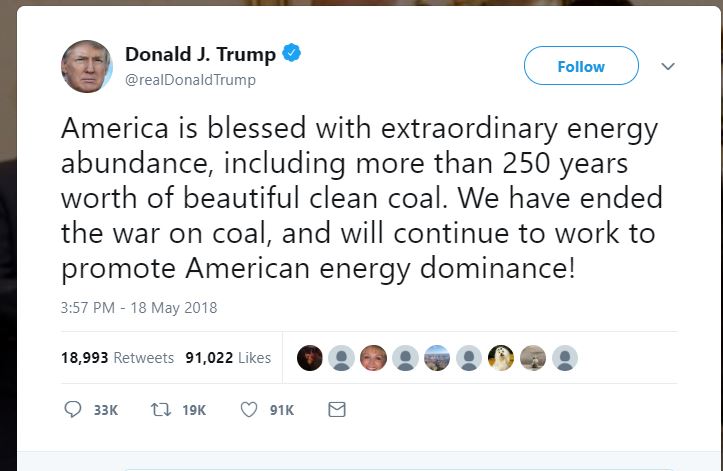By Frank Andorka, Senior Correspondent

In a deal that gives the owner of Florida Power & Light even more influence on electrical policy in the Sunshine State, NextEra Energy has entered into agreements to purchase two more Florida utilities for nearly $6.5 billion.
NextEra announced plans to purchase Gulf Power from Southeast utility giant Southern Company, as well as Florida City Gas. It will also purchase ownership interests in two natural gas plants currently owned by Southern.
The transactions will give the owner of Florida’s largest utility more incentive to push a natural gas – rather than a renewable – future for its customers.
“We look forward to updating the Florida Public Service Commission and other key stakeholders in the state and believe our deep operating expertise in Florida, strong financial profile and track record of and commitment to making smart, long-term capital investments offer uniquely compelling advantages for Gulf Power and Florida City Gas customers,” said Jim Robo, chairman and chief executive officer of NextEra Energy.
While the company’s press release extols NextEra Energy’s ownership of Florida Power & Light, which appears to have seen the solar light after spending millions of dollars on an ultimately unsuccessful attempt to inhibit the growth of rooftop solar in 2016, the purchases do enhance the possibility the company will slowly steer away from a solar future to a natural gas one.
It also provides a monopoly-like grip on Florida electricity customers, adding more power – literally and figuratively – to a company that already wields legendary power in Tallahassee.
The acquisitions of Gulf Power and the ownership interests in the Oleander and Stanton generating plants are subject to receipt of approval from the Federal Energy Regulatory Commission and the expiration or termination of the waiting period under the Hart-Scott-Rodino Act. The Florida City Gas acquisition is subject to the expiration or termination of the waiting period under the Hart-Scott-Rodino Act and is conditioned on the consummation of Southern Company’s previously announced dispositions of the Elizabethtown Gas and Elkton Gas divisions of Southern Company Gas.
It is unlikely that FERC or the Florida Public Service Commission will stand in the way of the acquisitions, particularly under the current administration in Washington.




